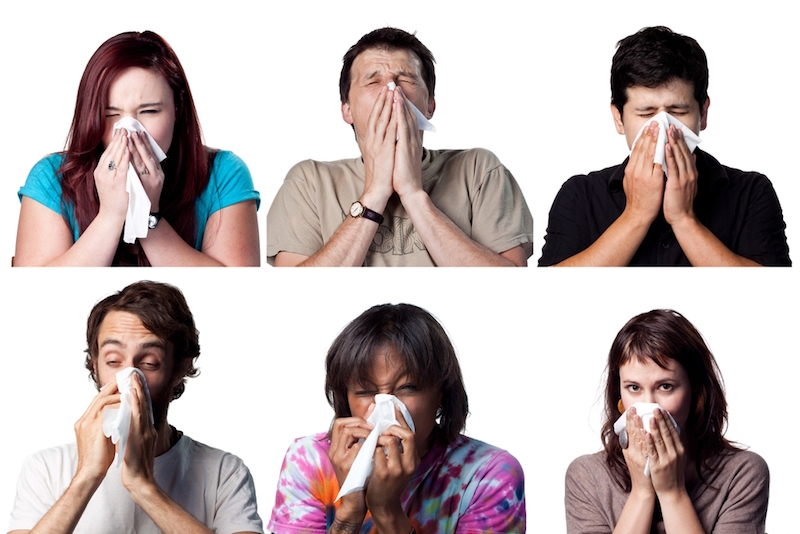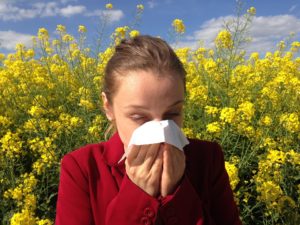 It’s summer vacation time, but before you’re able to hit the road, there’s the dreaded chore of packing. Next to your sunscreen, flip-flops and stylish sunglasses, don’t forget to pack your asthma medication. Smart packing and a little research on your destination will go a long way in making your trip smooth and enjoyable.
It’s summer vacation time, but before you’re able to hit the road, there’s the dreaded chore of packing. Next to your sunscreen, flip-flops and stylish sunglasses, don’t forget to pack your asthma medication. Smart packing and a little research on your destination will go a long way in making your trip smooth and enjoyable.
Make a Packing List
Taking your medication with you is especially important if you’re in a foreign country. Brand names of drugs are sometimes different in other countries and it could be tricky to communicate with a doctor who speaks a foreign language; it’s best to avoid any issues by taking your medication with you. Pack spares of your medication so you have a backup in the event of lost medication.
If you’re traveling by plane, check with the airline about any packing constraints. Check packing guidelines from the Transportation Security Administration (855-787-2227), and visit the “Special Travel Needs” section on the airline’s website. Leave your medication in the original container and in your carry-on for easy access; if you’re checked baggage gets lost, you’ll be glad your medication is in your carry-on luggage. Some airlines even make oxygen available to passengers, so ask before your flight if that’s an option.
Research your Destination
Check the weather for your destination, and look for information about pollution levels at online new sites. That way, you can prepare for the type of air quality you’ll encounter.
You may also need to call your insurance company to verify that you’re covered while traveling. If you plan to go abroad, you could need travel insurance. If you have a smartphone, check to see if it works internationally as it could come in handy if you need to look up a hospital.
Assess your Hotel Room
Hotel rooms can be a hot spot for cleaning and smoking fumes, and dust mites. If you’re sensitive to harsh cleaning chemicals, avoid a room near a pool where those chemicals are used. Also check that your room is in a non-smoking area. If dust mites cause you trouble, consider bringing your own bedding or ask the hotel if they use impervious mattress covers.
With a little preparation, you can avoid navigating a foreign healthcare system and have a fun, relaxing and healthy trip.
















 In early spring I don’t even bother washing my car; I’ve given up on the fight with the yellow-green pine pollen. Although few people are
In early spring I don’t even bother washing my car; I’ve given up on the fight with the yellow-green pine pollen. Although few people are 









